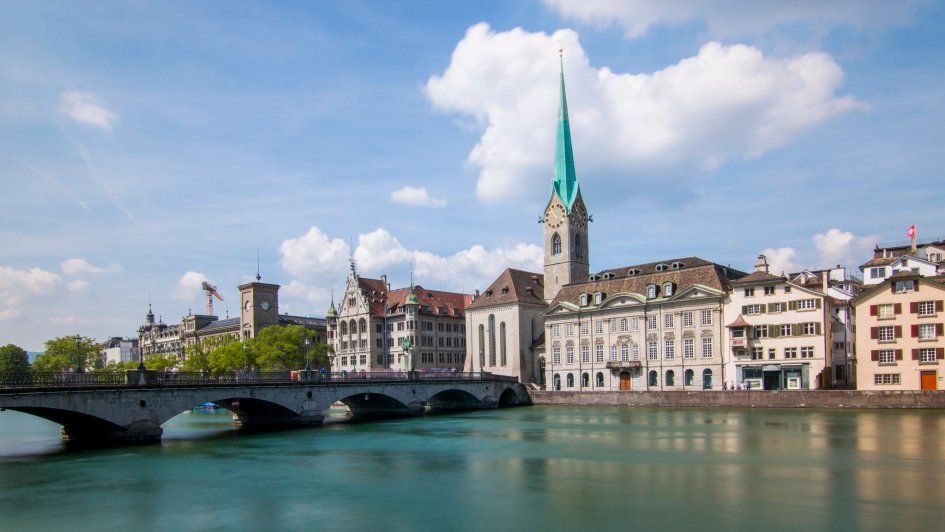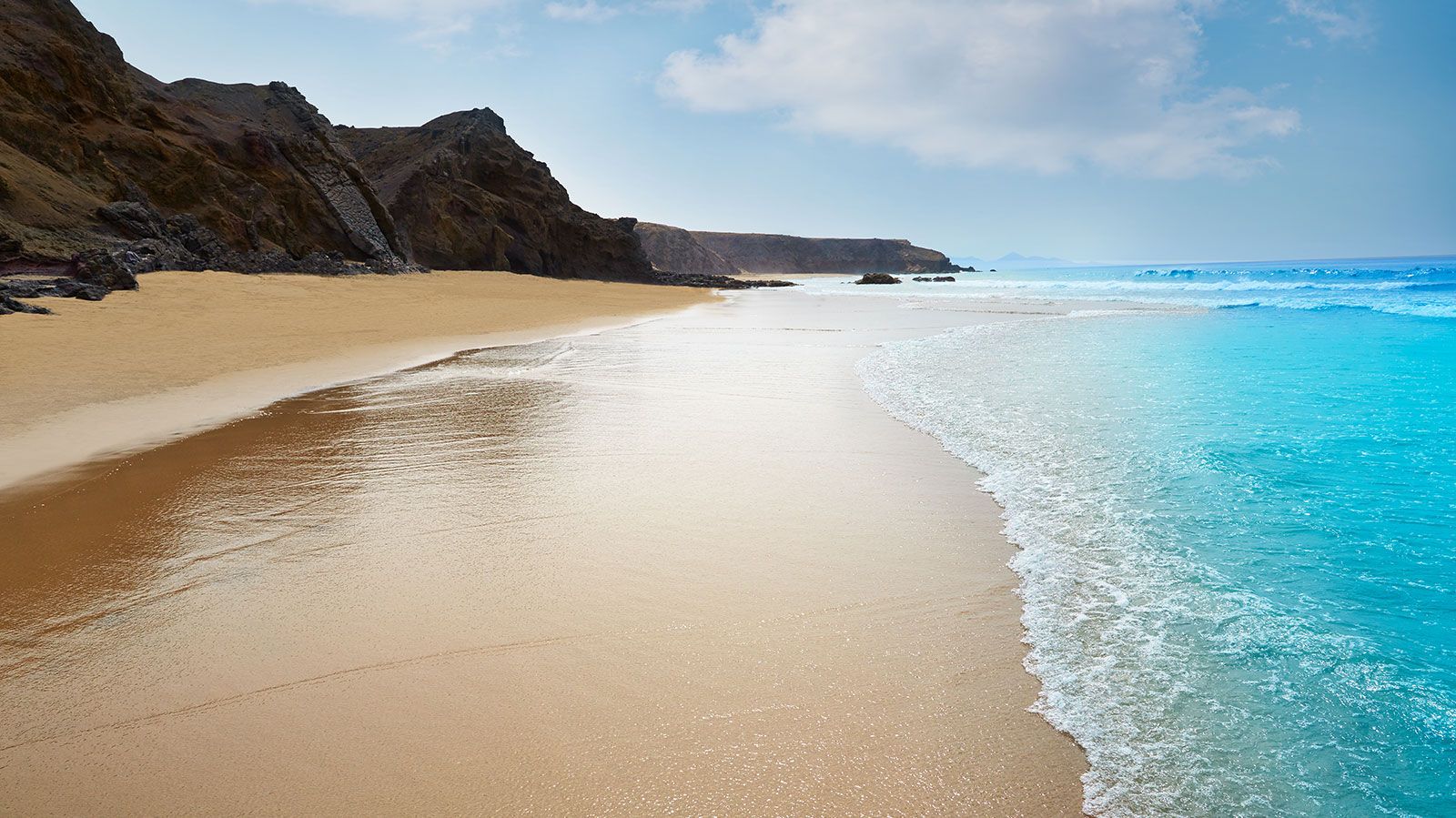The Azores are a volcanic archipelago located in the Atlantic Ocean. Belonging to their mother country, Portugal, the islands are not well known, and for that reason, it has never been a major vacation destination for the North American market. However, that’s all changing now. The region consists of 9 islands spread out to the west of Portugal, all of which offer unique features, activities, and cultures. The archipelago of the Azores was created from many volcanic eruptions. Today, there are still many hot springs bubbling up from beneath, creating natural thermal baths all over the island of São Miguel.
Some 28 percent of energy comes from renewable sources.
We’re providing 11 reasons to book your trip to the Azores
The Azores are close to both Europe and the US
The Azores comprise of nine volcanic islands, spread across 400 miles located in the north Atlantic ocean roughly one-third of the way to Europe and two thirds from America.
The archipelago of the Azores is located in the middle of the northern hemisphere of the Atlantic Ocean.

Hiking Trails
Some of the islands are covered by hills or mountains. The highest peak is Mount Pico, on the island of the same name; it’s a volcano of 2,351 meters (7,713 feet).
For centuries had been used many paths, which today have been restored and made accessible to all so that they can enjoy the landscape of the Azores. Each of these footpaths goes through exceptionally beautiful areas, linking almost all of the corners of each of the islands.

Dolphin and Whale Watching
It is one of the best seasoned places for whale watching & wwimming with dolphins You can find several deep-sea species to swim next to the coastline, including sperm whales, several species of beaked whale, and dolphins. The Azores are currently one of the world’s largest whale sanctuaries.
The islands are in the migration routes of the whales that pass through. During the summer, Spotted dolphins are more common while blue whales can be easily spotted at the end of the winter.

UNESCO World Heritage Sites
There’s a nice balance between the population and its surrounding ecosystems. Some of the things you can do are visiting Angra do Heroismo city and the Landscape of the Pico Island Vineyard Culture, World Heritage listed by UNESCO, UN World Biosphere Reserves on Graciosa, Flores and Corvo islands.

Breathtaking Nature
It’s just breathtaking, untouchable nature. You have plenty of outdoor activities to choose from due to its rich in the breathtaking scenery with incredible hikes to volcanic rims, rolling hills, fabulous deserted black and white sand beaches, surfing, snorkeling.

It Has Year-Round Perfect Weather
The Azores are characterized by their mild climate throughout the year. The average air temperature ranges between 13.6°C (minimum) and 22°C (maximum) throughout the whole year.
The climate of the islands is subtropical oceanic with a distinct possibility of rainfall at any time of the year and high levels of humidity.
The ocean water temperature in Azores ranges from 17°C (63°F) in the winter to 25°C (77° F) in the summer.
Amazing and affordable cuisine
Azorean cuisine, native to the Azores Islands, is a rich, hearty, peasant-based style of cooking with seafood flavors, spicy stews, sweet desserts and rich dairy products.

Waterfalls
There are a few wonderfull waterfalls you can explore across the islands. Cascata do Poço do Bacalhau is a waterfall near Fajã Grande on the Azores island of Flores and it falls from a height of about 90 meters.
Salto do Cabrito hydroelectric plant in the middle of the Azores’ São Miguel island and has a waterfall with the same name.
The Aveiro Waterfall, on the southeast coast of the amazing Santa Maria Island, is considered by many as one of the most beautiful places of the Island.
Sightseeing is a major tourist attraction in Ponta Delgada. Here you will find breathtaking scenery of Lagoa Verde and Lagoa Azul.
A great place to visit is the Nordeste. You can find waterfalls, watermills, ethnography, gastronomy and landscape. It is a breathtaking view and is the highest part of the Island of Sao Miguel.

Geysers
There are almost three hundred volcanic cavities underground, including caves, ravines and cracks. In the sea, there are submarine geothermal springs. The volcanism of the archipelago impresses for its diversity and creates its own magnetism.
With the sponsorship of UNESCO, the Azores Geopark joined the European Network and Global Geoparks Network, which aims to promote and protect the geological heritage of the archipelago, by promoting the sustainable development of the Azores’ environmental, cultural and socio-economic.

No mass tourism
Located between Europe and North America, the Azores are the perfect island getaway for those looking for a unique and beautiful destination.
The Azores checks all the boxes to become a trending destination for U.S. travelers.
Santa Maria presents white sand beaches and dry warmth. Terceira’s capital, Angra do Heroismo, reflects its trading port history dating back 500 years. Sao Miguel is the largest, most populated and greenest island. Flores delivers the ideal waterfalls.
The tourism in the Azores is growing but it is still not so popular destination when compared to other destinations popular with the outdoor adventure set. The total number of tourists who visited the Azores in 2017 is around 645,000.

Magnificent coastlines
The Azores is not a beach destination but at Sao Miguel there are beaches like Minuvidda that are great for a suntan or spending hours in the Atlantic Ocean bathing. The beach offers an excellent opportunity for taking sunbaths and also for snorkeling and diving to enjoy undersea beauty.
The largest of the nine islands is São Miguel. Most of its coastline is very steep and rugged by virtue of its volcanic underpinnings. There are beaches scattered around the island’s shoreline, however, many at the mouths of small coastal streams where sediment has been delivered to the coast. The sand can be white or black sand beaches of volcanic origin, which can be found in the neighboring beaches.
They almost all consist of black sand from the weathering and breakdown of the island’s basaltic foundation.
Santa Maria presents white sand beaches and dry warmth. Terceira’s capital, Angra do Heroismo, reflects its trading port history dating back 500 years. Sao Miguel is the largest, most populated and greenest island. Flores delivers the ideal waterfalls
Want to learn more about Azures? Check our other posts:
Top 10 Things to Do in the Azores
11 Reasons Why You Should Visit the Azores in Portugal
















